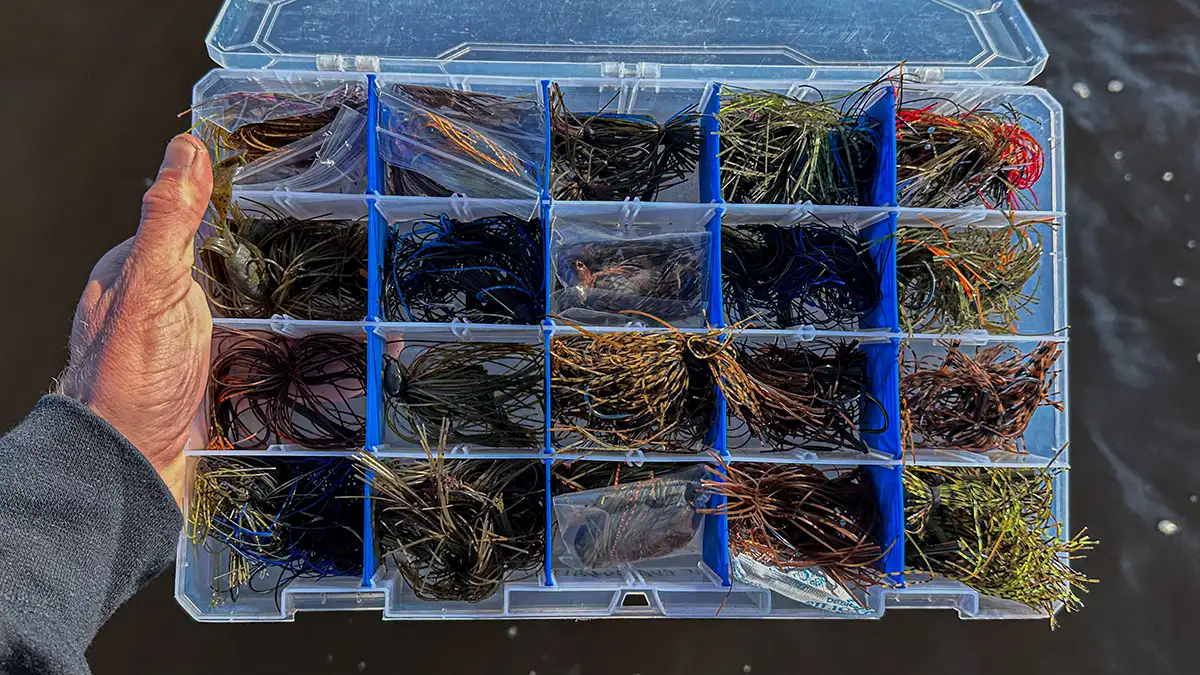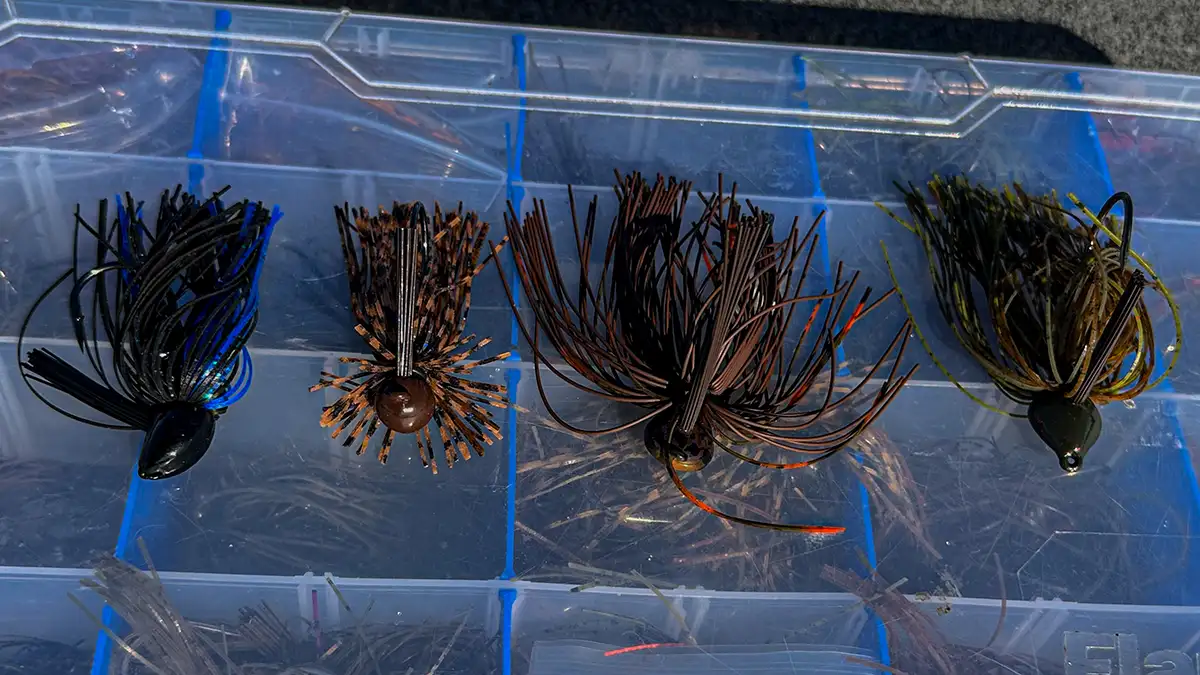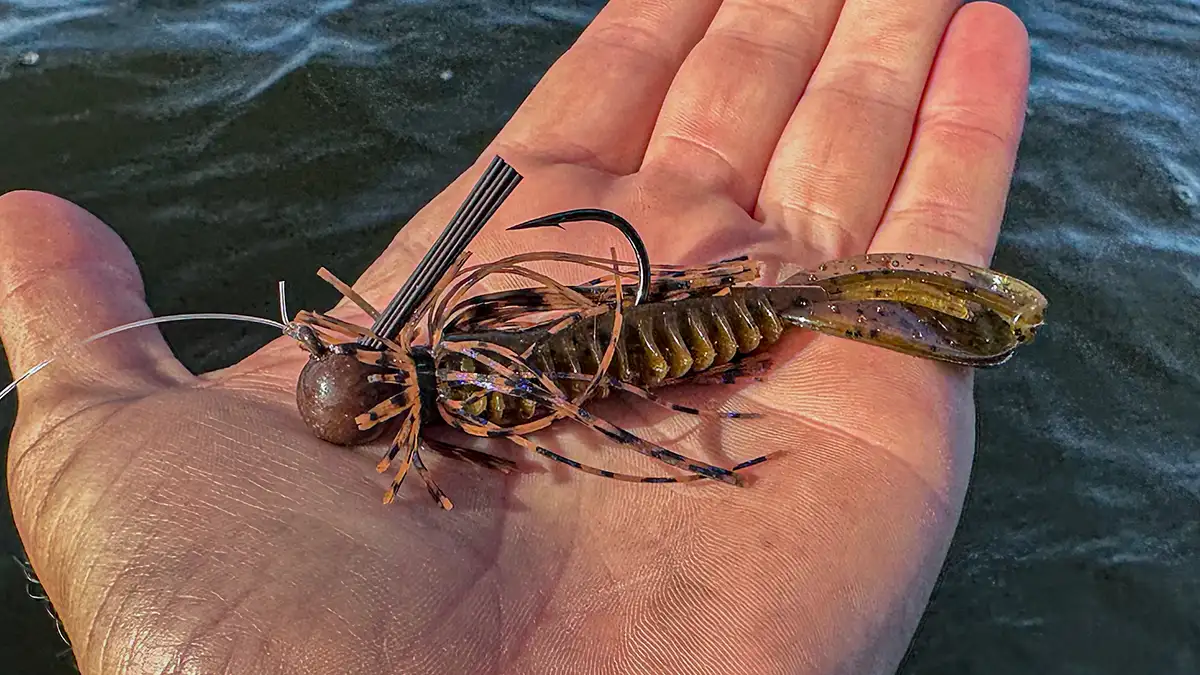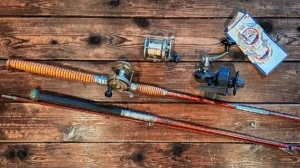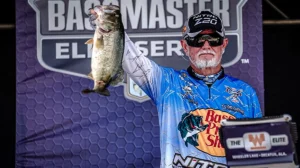Throwing a jig has been a productive way to catch bass since the birth of the sport. While lots has changed over the last several years, the art of jig fishing has largely stayed the same. One of the main reasons this style of lure is so popular is because of its simplicity and versatility. You can successfully fish a jig on any lake in the country, using a variety of different presentations.
These lures are perfect for both heavy cover and open water scenarios, making them a staple bait for bass fisherman nation wide. While fishing a jig is fairly simple, there are a variety of jig styles each suited for their own specific scenario. Understanding when and where to throw each jig can be fairly confusing due to the vast amount of options. This feature will serve as a guide on how to choose the right jig for your situation.
CHOOSING THE RIGHT SIZE
Jig size is arguably one of the most important factors when choosing a jig. You can find jigs in basically any size, but for our purposes we are going to talk about 1/4, 3/8, 1/2 and 3/4-ounce jigs. These are the four basic sizes you need to tackle any bass fishing scenario. I keep a variety of jigs in my boat at all times, switching between sizes based on depth and fall rate.
Fall rate is something to always take into consideration when throwing a jig. I will typically opt for a heavier size such as a 3/4-ounce when fishing offshore or trying to generate a reaction strike. This fast fall rate is great for triggering fish into biting when they don’t want a slower presentation. I typically throw a 1/2 and 3/4-ounce jig when targeting steep bluffs, docks or offshore cover.
I’ll often opt for a lighter jig when fishing shallow or in clear water scenarios. One of my favorite times to throw a 1/4-ounce jig is on highland reservoirs. These fisheries are typically very clear and have lots of steep banks and rocks. Throwing a light 1/4-ounce jig delivers a very natural presentation that’s well suited for these scenarios. I’ll switch over to a 3/8-ounce jig when fishing around shallow cover such as laydowns or vegetation. This size has the perfect fall rate for this kind if cover, and its a great all around size if your wanting to cover water. While determining the preferred size of your jig is fairly simple, choosing the right style is slightly more complicated.
WHEN TO THROW A BALL HEAD JIG
In my mind when I think ball head jig, I think finesse profile and spotted bass. I’ve spent the last several years fishing spotted bass rivers such as the Coosa and Chattahoochee River. These river systems are home to trophy sized spotted bass, and a ball head jig is always a major player on these fisheries. This jig works perfect on spotted bass fisheries due to its finesse profile and enticing action. This jig is fairly versatile, however it really shines in a few specific scenarios.
One of my favorite ways to fish a ball head jig is casting at specific fish using forward facing sonar. I’ve found a ball head jig gets hung in brush more than some of its competitors, however its perfect for casting at specific fish in open water. I will typically adjust my jig size based on depth, very rarely going heavier than a 1/2-ounce. This jig also excels when fished around bluff walls and rocky banks. A ball head jig is great at deflecting off rocky cover, and it closely resembles a crayfish and other crustaceans that call these rocks home. Some of my favorite ball head jigs include the Buckeye Lures G-Man Ballin’ Out Jig and the War Eagle Heavy Finesse Jig. While a ball head jig can be fished in nearly any scenario, these are my personal favorite times to employ this bait.
WHEN TO THROW A FLIPPING JIG
A flipping jig is one of my all time favorite baits to throw. This style of jig typically features a streamline head with a thick weed guard and heavy gauged hook. This lure is perfect for fishing in and around heavy cover, and is a great option to throw year round. The thick weed guard and heavy gauged hook allow you to throw this lure in the heart of laydowns, vegetation and other types of heavy cover.
My favorite time of year to throw this bait is during late winter into early spring. During this time fish are moving up to spawn, and they often stage on a variety of shallow water cover. Flipping this bait in and around shallow brush is a great way to generate some quality bites. I typically opt for either a 3/8 or 1/2-ounce jig depending on my preferred fall rate. Some of my favorite flipping jigs include the Strike King Hack Attack Flipping Jig and the D&L Advantage Casting Jig. Both of these lures feature a streamline head and heavy gauge hook, perfect for winching big bass out of heavy cover.
WHEN TO THROW A CASTING JIG
A casting jig is another extremely versatile style of jig. This lure often features a teardrop shaped head, and is perfect for making long casts in both heavy cover and open water. Unlike a flipping jig these lures often feature a thinner hook leading to increased hook penetration. This is ideal for setting the hook on long casts where hook penetration could be an issue. I typically throw this bait when fishing for largemouth as it has a bulkier profile than your standard ball head jig.
Some of my favorite locations to fish this jig are on offshore brush piles and ledges. I prefer a lighter wire hook for a better hookup ratio as well as a thicker weed guard to get through cover with ease. I typically opt for the 3/4-ounce size as I usually fish this bait in deeper water. Pulling this jig through deep brush is a great way to generate some quality bites regardless of the season. Some of my favorite casting jigs include the Greenfish Tackle Little Rubber Jig and the Strike King Denny Brauer Structure Jig. Both of these jigs feature a teardrop shaped head and a quality hook, creating the ideal casting jig setup.
WHEN TO THROW A FOOTBALL JIG
A football jig is another style that excels around offshore structure. While a casting jig is great around offshore brush, the football jig is made for rock and hard spots. Hints the name, this jig features a football shaped head perfect for crawling around rocks and hard over. Some of my favorite locations to fish this bait are ledges, rock piles and gravel banks. This jig typically has a bulkier profile and is great for largemouth smallmouth and spotted bass.
This is a very popular bait for fishing schools of bass during the summer months as well. Hopping this bait around ledges and offshore rock is a great way to get bit, especially when fish are congregated offshore. I typically use either a 1/2 or 3/4-ounce jig as I’m usually throwing this bait offshore. Some of my favorite football jigs include the Dirty Jigs Tour Level Finesse Football Jig and the Berkley Powerbait Football Jig. Both of these lures are great options for fishing offshore structure and they come stock with premium components.
While jig fishing is fairly simple, there are tons of little nuances that can make you a more efficient angler. Choosing the right jig for your scenario is one of the best ways to ensure success when jig fishing. While choosing the right jig can often be overwhelming, this features serves as a guide on how to choose the right jig for any bass fishing scenario you might encounter.


